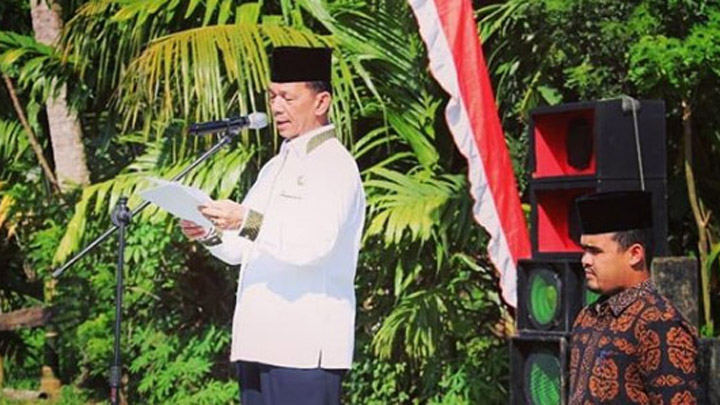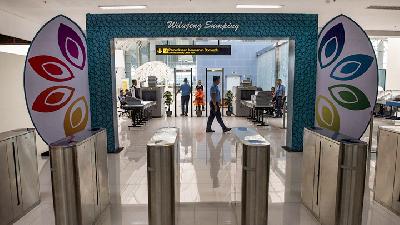The Pasaribu Brothers at Dharmawangsa
Monday, March 18, 2019
arsip tempo : 171400201053.

THREEE members of the Pasaribu family have been tied with a hydroelectric power plant project (PLTA) in their hometown, around the Batang Toru Protected Forest, North Sumatra. Syahrul Martua Pasaribu, North Tapanuli regent, was the person who issued North Sumatera Hydro Energy’s (NSHE ) location permit on July 5, 2011. “The project has been ongoing for a long time, way before I took office,” said Syahrul on Monday three weeks ag
...
Subscribe to continue reading.
We craft news with stories.
 For the benefits of subscribing to Digital Tempo, See More
For the benefits of subscribing to Digital Tempo, See More











